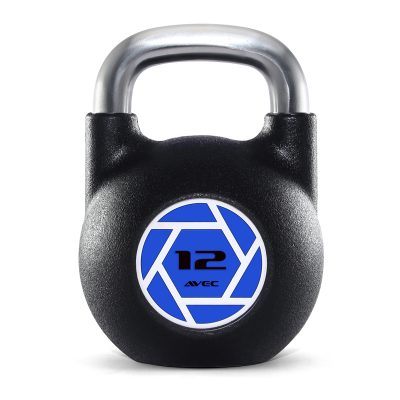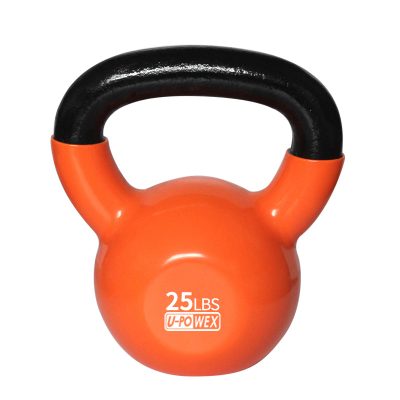The choice between kettlebells and barbells ultimately depends on your fitness goals, preferences, and the type of workouts you enjoy. Both kettlebells and barbells have their unique advantages, and the best choice may vary from person to person. Here’s a comparison to help you determine which one might be the best fit for you:
Kettlebells:
- Functional and Versatile: Kettlebells are versatile fitness tools that can be used for a wide range of exercises, including strength training, cardiovascular workouts, and mobility exercises. They are well-suited for functional fitness and movements that mimic real-life activities.
- Full-Body Workouts: Many kettlebell exercises engage multiple muscle groups at once, making them effective for full-body workouts. They promote balance and coordination.
- Cardiovascular Conditioning: Kettlebell workouts, such as swings and snatches, can provide an excellent cardiovascular workout while also building strength.
- Explosive Power: Kettlebell exercises like swings and snatches develop explosive power, which can be beneficial for athletes and those looking to improve athletic performance.
- Compact and Portable: Kettlebells are relatively compact and easy to store, making them suitable for home workouts or on-the-go training.
- Enhanced Grip Strength: Many kettlebell exercises challenge your grip strength and forearm muscles, helping to improve grip strength over time.
Barbells:
- Progressive Overload: Barbells offer precise weight increments, making it easier to progressively overload your muscles as you get stronger. This is ideal for building raw strength and muscle mass.
- Isolation Exercises: Barbells allow you to perform a wide range of isolation exercises, targeting specific muscle groups. This is beneficial for bodybuilding and hypertrophy training.
- Muscle Symmetry: Barbells enable you to work each side of your body independently, helping to improve muscle symmetry and address muscle imbalances.
- Versatility: While they are primarily used for traditional strength exercises like squats, deadlifts, and bench presses, barbells can also be used for various other movements, such as rows, curls, and lunges.
- Powerlifting and Olympic Lifting: Barbells are essential for powerlifting and Olympic lifting, where maximal strength and technique are paramount.
- Stability and Support: When performing exercises with a barbell, you often have the support of a bench or rack, which can enhance safety and stability.
In summary, consider the following factors when deciding between kettlebells and barbells:
- Goals: Determine your fitness goals. If you’re primarily focused on building raw strength and muscle mass, barbells may be more suitable. If you want a versatile tool for functional fitness and cardiovascular workouts, kettlebells are a great option.
- Preferences: Think about the types of workouts you enjoy. Do you prefer full-body, dynamic movements, or do you like isolating specific muscle groups? Your preferences can guide your choice.
- Availability: Consider what equipment you have access to. If you have both kettlebells and barbells available, you can incorporate both into your training routine to enjoy the benefits of both.
Ultimately, many fitness enthusiasts find that a combination of both kettlebells and barbells in their training routine provides a well-rounded approach to strength, endurance, and overall fitness.


















